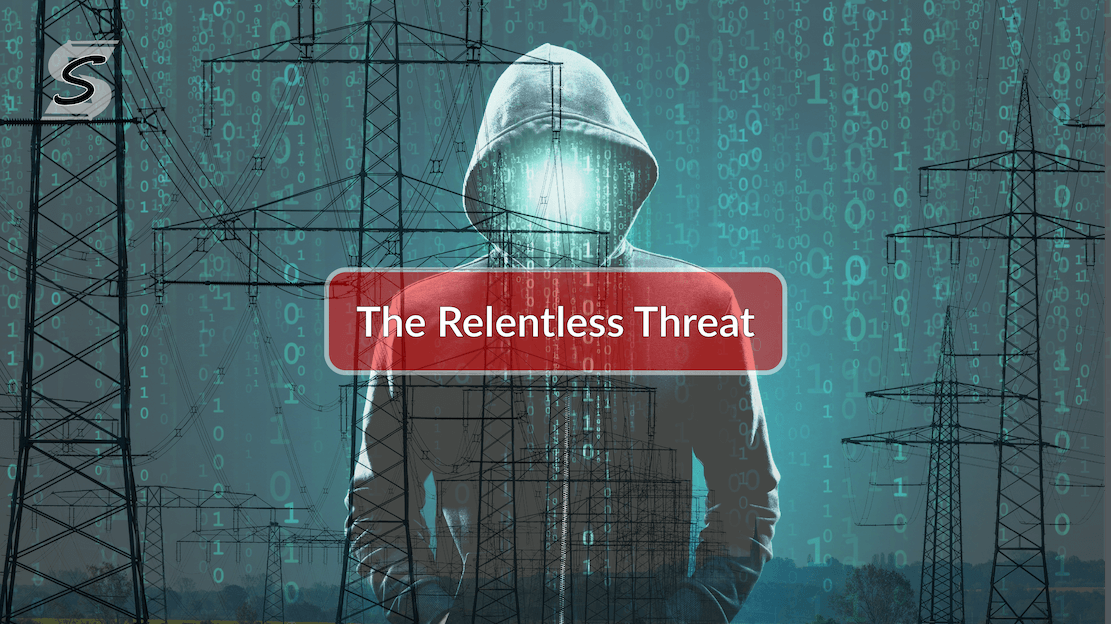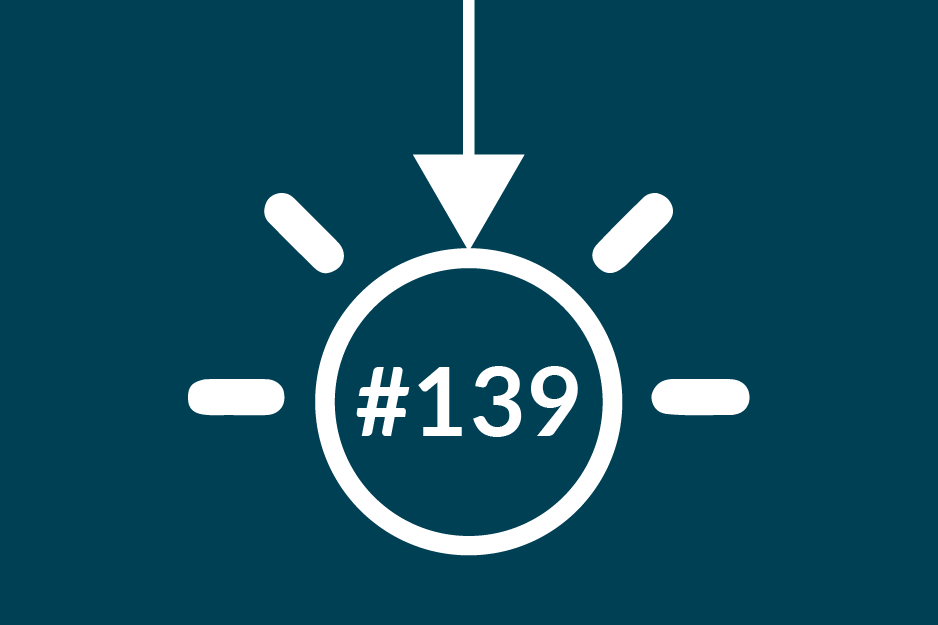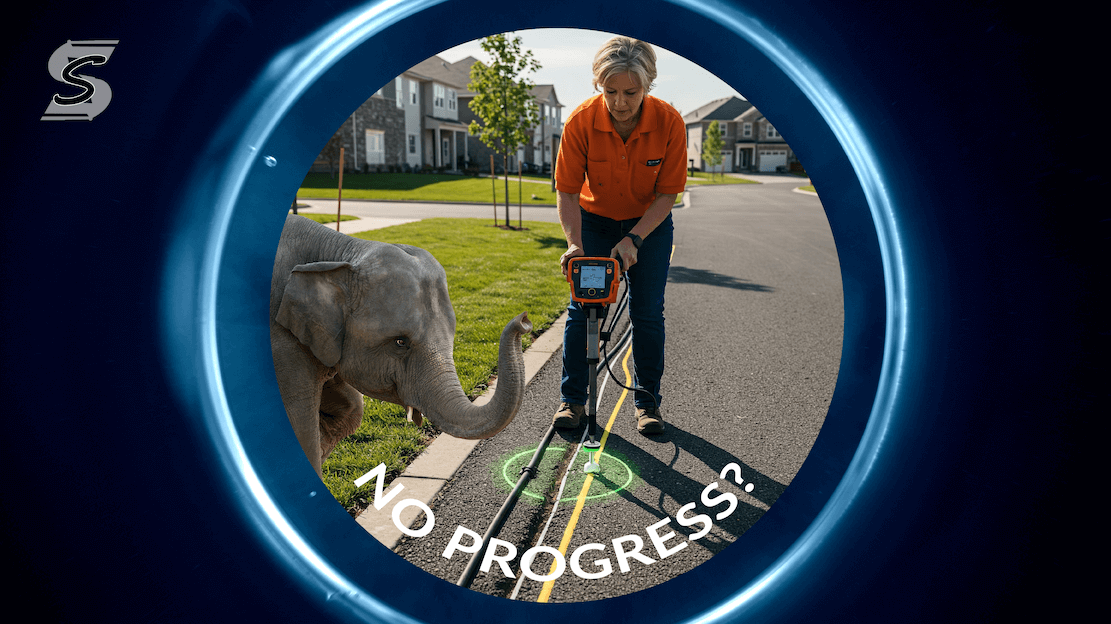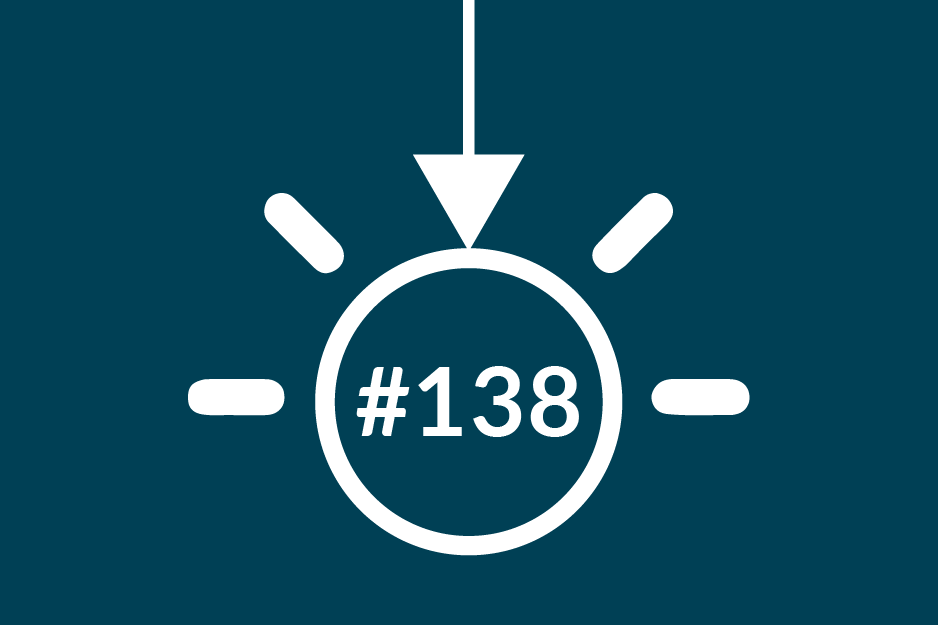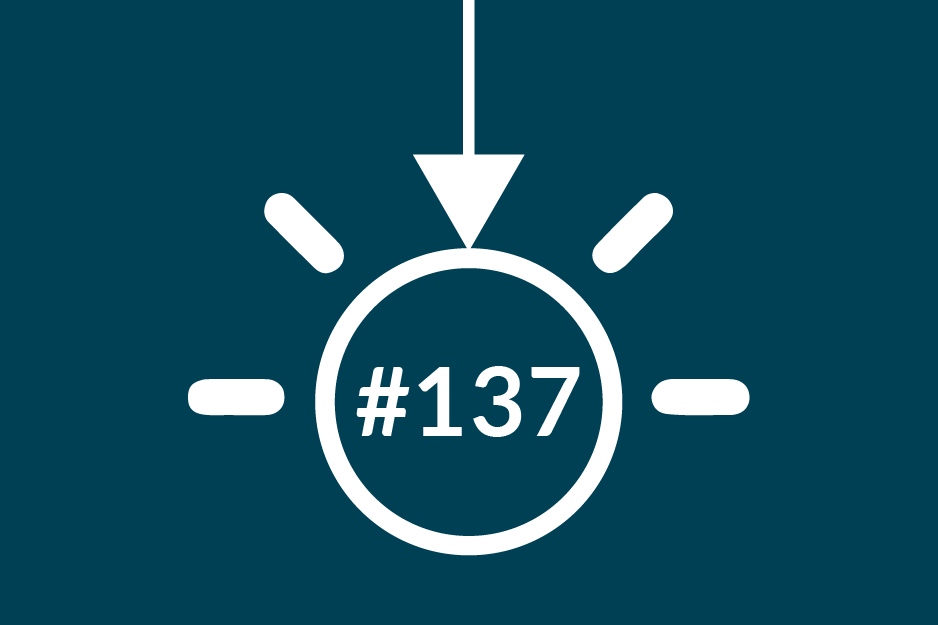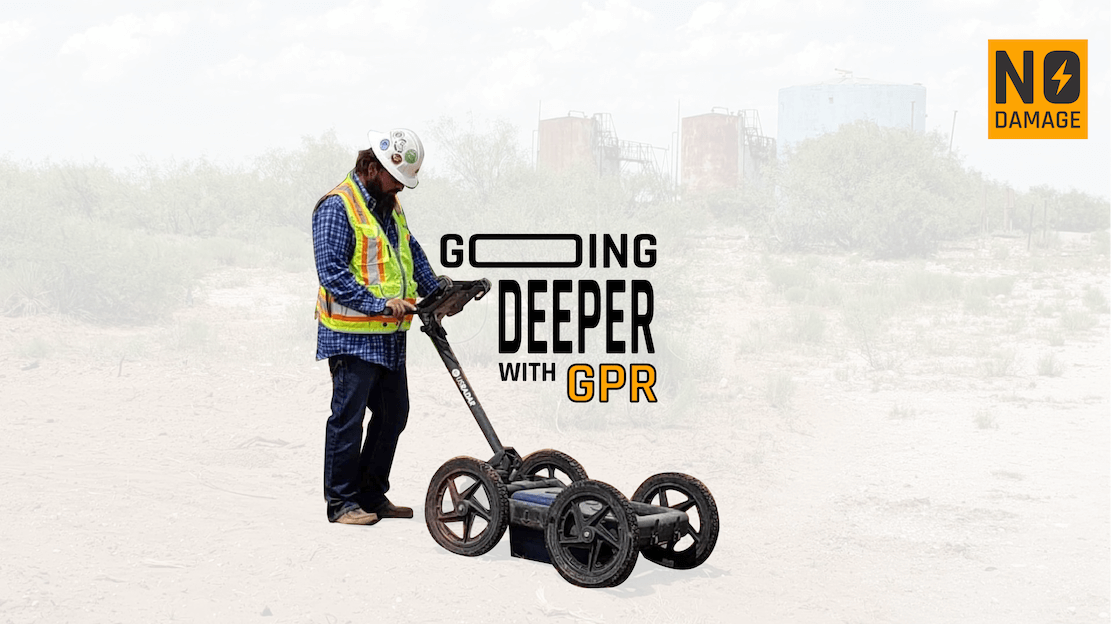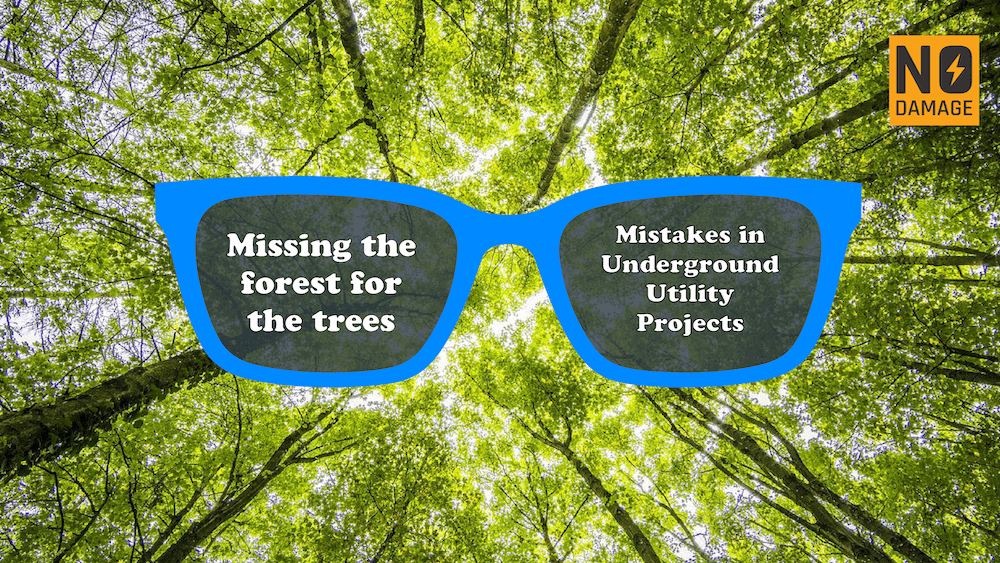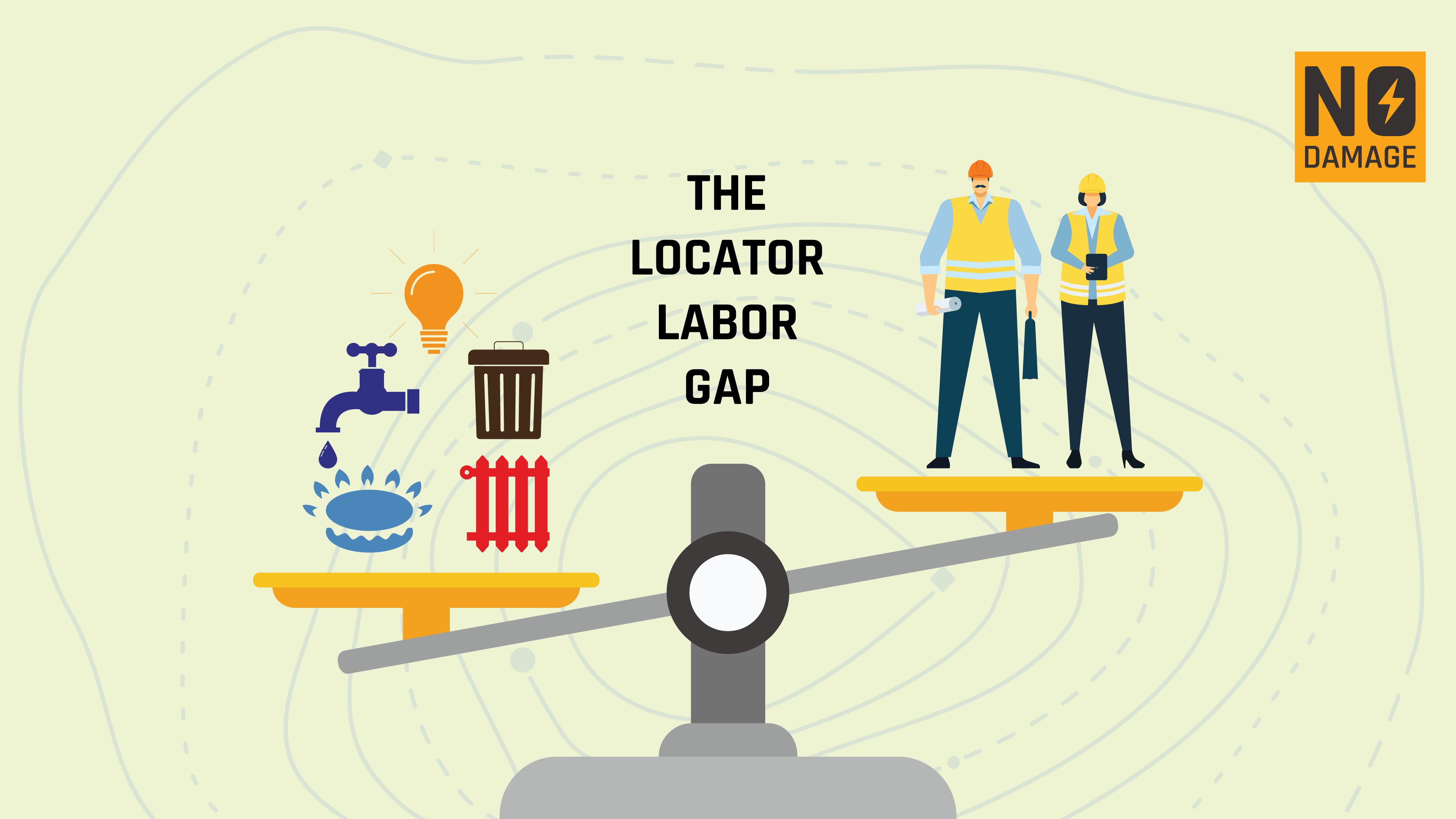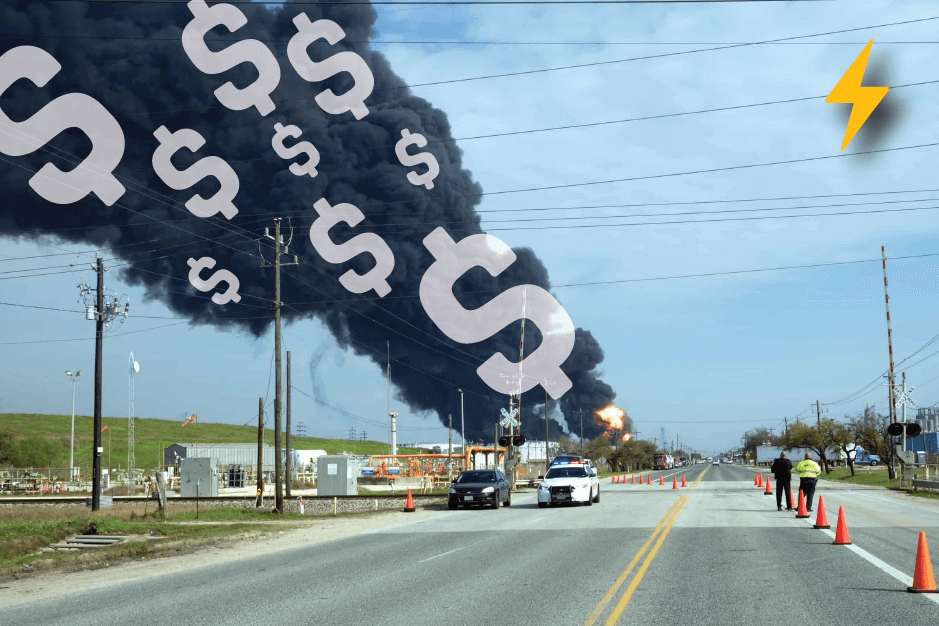
In the US, there are more than 35 million miles of underground utility lines for services like power, gas, water, sewage, & fiber optics. Working close to subterranean utility infrastructure is a serious matter, and neglecting to do an accurate and thorough locate assessment can lead to enormous financial responsibilities, legal repercussions, or even worse: significant injury or death.
Underground utility damages are unfortunately common, as over 450,000 damage incidents were reported in 2019, according to the CGA’s annual report.
The primary individual cause of harm is failure to notify before digging. The industry has a tremendous opportunity to profit from the fact that this is easily solvable!
“We, as a damage prevention industry, must consider how to most effectively reverse this trend,” continued Magruder Lyle. “[We must] protect those who live and work near these important assets and reduce the tremendous societal impacts of these damages, which are estimated to have cost $30 billion in 2019 alone.”
29:1
In 2018, a paper by Dr. Lewis Makana received unparalleled access to 16 completely documented utility strike case studies in the UK with the goal of developing a formula of the real costs of utility strikes. The study identified these utility strikes, evaluated their effects, and offered a factual estimate of their overall costs.
These costs were divided into 3 different categories:
- Direct costs: those that are incurred directly by the utility owner and include expenses for materials and schedule delays.
- Indirect costs: those expenses covered by other parties under the terms of the contract, such as utility owners' financial penalties and associated medical expenses.
- Societal costs: those that are within the responsibility of other parties who are not party to the contract, such as traffic jams, contamination of the environment, and lost profits.
The conclusion of the 16 case studies' combined indicated that the total cost ratio (the ratio of indirect and social costs to the direct cost of repair) is 29:1! Therefore, if a utility strike caused $1 million in direct damages, the actual expenses would be $29 million.
Every day, thousands of excavation jobs begin in the United States and Canada. Regardless of the size of your project, planning is an important investment in both the present and the future. Failure to account for underground infrastructure is not only a potentially costly error in terms of money but also the risk to lives and external costs to society. When a utility line is hit, the entire jobsite comes to a halt. Authorities must be notified, damages must be documented, reports must be filed, and investigations must begin. That's why calling 811 is so important and why Damage Prevention Technicians / Locators are so vital. It may be annoying to wait for a locate but it's essential to do so.
Damages really add up when you consider:
- Serious injuries and deaths
- Fines, Liability and Legal costs
- Lost work time and delays
- Property and Equipment damage
- Damaged to reputation
- Lost revenue
Excavation laws vary by state, but efforts are being made across the country to improve workplace safety practices as rates of fatal work injury among construction workers continue to rise. Individual excavators found liable in Pennsylvania, for example, can face administrative fines of up to $50,000 and up to 90 days in prison for each dig violation that causes damage.
Regrettably, not all incidents are easily avoided especially with larger projects, where basic utility mapping may not be sufficient which is why Damage Prevention Technicians are so essential - they come and do the locate on site to give you confidence before you dig!
An incident in Minnesota in 1998 exemplifies the importance of precision: workers were driving an anchor directly adjacent to a one-inch gas line. The gas line was clearly marked, but the crew neglected to look for other underground obstacles. The anchor struck a rock, bent, and then collided with and ruptured a one-inch gas line. The explosion caused by the hit killed four people and injured 12. In addition to the tragedy, estimated property losses totaled six buildings, $399,000 in damages, and a six-month NTSB investigation.
The following three-step process is the most commonly used to reduce the occurrence of underground utility strikes:
- Excavators are required to notify state notification centers (one-call centers) about their excavation.
- Utility owners are required to mark their utilities.
- Excavators must adhere to the marks as well as the tolerant zones surrounding them.
There are other things that can be done such as adopting SUE practices, improving mapping, and adopting more accurate technologies, but these 3 basic steps would address a lot of the most common damages that we see today.
Help is at hand:
Utilocate can help you complete locate tickets with more precision and less gueswork in less time. Ticket management systems are an essential tool in the pursuit of zero damages and Utilocate is at the forefront of the marketplace.
If you're an excavator then you need a tool like UExcavate which helps you manage and coordinate locate tickets, from within the application and builds your documents into a complete locate package without you having to search through your email. It will notify the 811 One Call Center and automate a lot of the actions which can get missed by busy excavators in dig season. In the pursuit of zero damages UExcavate is a powerful weapon!
Share this Post



